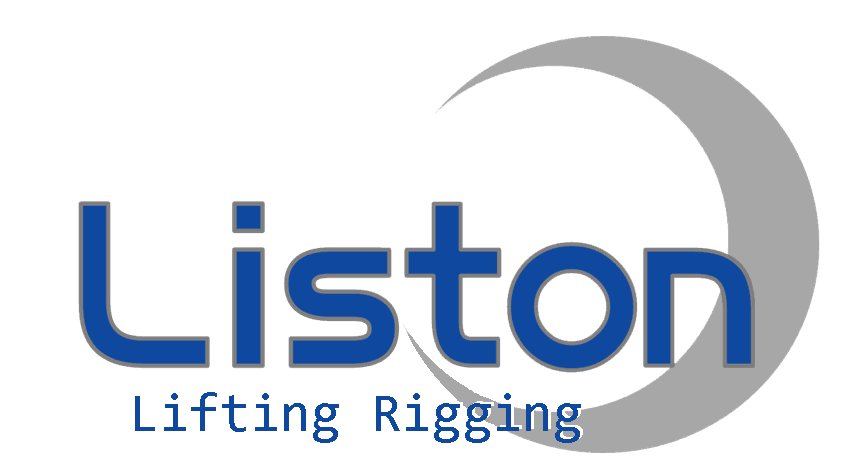When it comes to heavy lifting in various industries, having the right equipment is crucial to ensuring safety and efficiency. One such important tool is the Eye to Eye sling, a versatile and reliable lifting accessory widely used in construction, manufacturing, shipping and many other fields. In this article, we’ll explore the features, uses, and benefits of the Eye to Eye webbing sling, and dive into best practices for its safe and effective use.
What is an eye-to-eye webbing sling?
Eye-to-eye slings, also known as flat slings, are flexible and durable slings made from high-quality synthetic materials such as polyester or nylon. It is designed with loops or "eyelets" on each end that allow easy attachment to hooks, shackles or other lifting hardware. The construction of the sling distributes the weight of the load evenly, minimizing the risk of damage to the load and lifting equipment.
Eye-to-eye webbing slings are made using a braiding technique that creates a flat, wide strap with reinforced stitching at the eyes of the sling and along the length of the sling. This design gives the sling high tensile strength and wear resistance, making it suitable for lifting heavy and bulky loads. The materials used in the construction of the sling are also resistant to UV radiation, moisture and chemicals, ensuring their durability and longevity in a variety of work environments.
Purpose and application
The versatility of eye-to-eye slings makes them suitable for a variety of lifting applications. They are commonly used on construction sites to lift steel beams, concrete slabs and other building materials. In manufacturing facilities, they are used in lifting machinery, equipment and components. Additionally, eye-to-eye slings are essential when loading and unloading containers and heavy cargo in the shipping and logistics industry.
Advantages of eye-to-eye webbing slings
There are several key benefits to using eye-to-eye slings in lifting operations. One of the main advantages is its flexibility, which allows the load to be easily manipulated and positioned. The soft and non-abrasive nature of the sling also helps protect the load surface from damage during lifting and transportation. Additionally, the sling's lightweight and compact design makes it easy to store, handle, and transport, adding to its overall convenience and usefulness.
security considerations
While eye-to-eye slings are valuable lifting tools, safety guidelines and best practices must be followed when using them. Properly inspecting a sling for signs of wear, tear or damage before each use is critical to ensuring its reliability and safety. Additionally, ensuring the load is properly balanced and secured within the sling, and that the lifting equipment is in good working order, is critical to preventing accidents and injuries.
Best practices for safe use
To maximize the safety and effectiveness of eye-to-eye slings, it is important to follow best usage practices. This includes choosing the right sling based on the weight and size of the load and the work environment. Properly securing the sling to the lifting hardware and ensuring the load is evenly distributed within the sling are also critical steps in safe lifting operations. Regular training and education of personnel involved in lifting activities can further improve safety and proficiency in the use of eye-to-eye slings.
All in all, eye-to-eye slings are an indispensable tool for lifting and lifting heavy objects in every industry. Its durable construction, versatility and safety features make it an essential part of any lifting operation. By understanding their features, uses and best practices for safe use, businesses and workers can take advantage of the full potential of eye-to-eye slings while ensuring safety and efficiency in lifting activities.
Post time: May-30-2024

